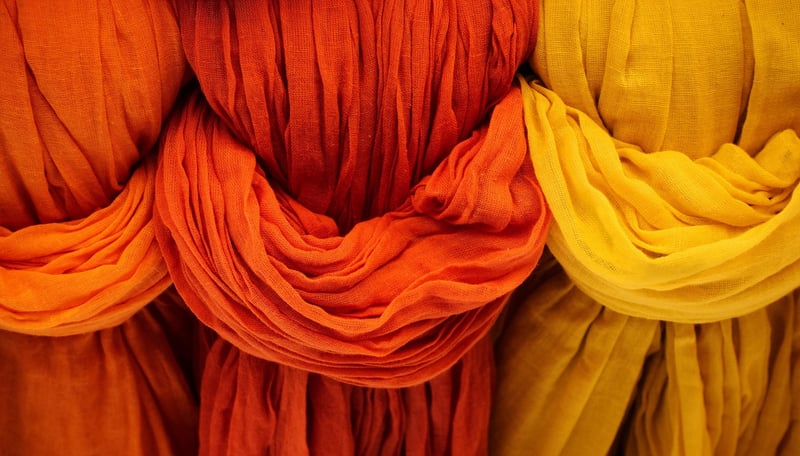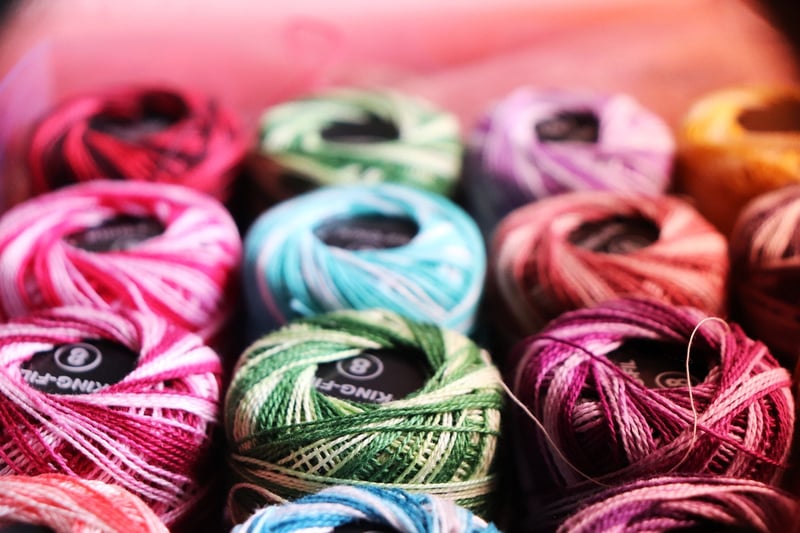Repurposed Textiles
Sustainable Fashion Transformations + Repurposed Textiles
In the ever-evolving world of fashion, sustainability has become a critical focus for many brands and consumers. One of the key ways this is being addressed is through the transformation of repurposed textiles. By utilizing existing materials in new and innovative ways, the fashion industry is reducing waste and minimizing its environmental impact.
The Rise of Sustainable Fashion
Sustainable fashion involves creating clothing, accessories, and footwear in an environmentally and ethically responsible manner. This includes using eco-friendly materials, reducing carbon footprints, and promoting fair labor practices. With the rise of conscious consumerism, more and more fashion brands are embracing sustainable practices to meet the growing demand for eco-conscious products.
Repurposed Textiles: A Creative Solution
Repurposed textiles are materials that have been salvaged or reused to create new fashion pieces. This can include upcycling old clothing, reimagining discarded fabrics, or repurposing materials like plastic bottles or ocean waste. By giving new life to these textiles, designers are able to reduce the need for new raw materials and divert waste from landfills.
Benefits of Repurposed Textiles
- Environmental Impact: Repurposing textiles reduces the demand for new resources, conserving energy and water while minimizing pollution.
- Creative Innovation: Designers are challenged to think outside the box and create unique pieces that showcase the beauty of repurposed materials.
- Social Responsibility: By supporting brands that use repurposed textiles, consumers can contribute to a more sustainable and ethical fashion industry.
Examples of Repurposed Textiles in Fashion
Many fashion labels have embraced repurposed textiles as part of their collections. From upcycled denim to dresses made from vintage scarves, the possibilities are endless. Brands like Stella McCartney and Patagonia have been leading the way in sustainable fashion, incorporating repurposed materials into their designs.
Conclusion
As the fashion industry continues to evolve, the use of repurposed textiles offers a creative and sustainable solution to reducing waste and promoting eco-friendly practices. By supporting brands that prioritize sustainability, consumers can play a vital role in driving positive change in the fashion world.

